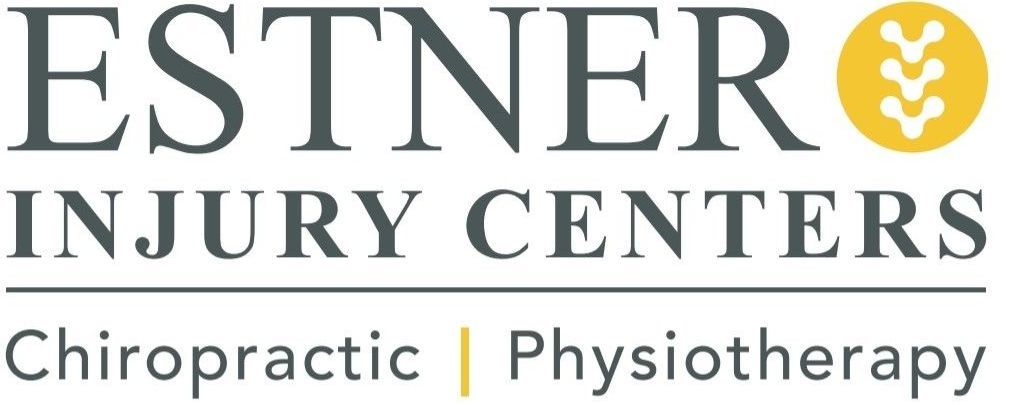Piriformis Syndrome: Causes, Symptoms & Fast Relief Options
Share
Discover what causes piriformis syndrome, how to relieve it quickly, and when to seek expert help from Estner Injury Centers
What Is Piriformis Syndrome?
Piriformis syndrome is a neuromuscular condition in which the piriformis muscle — located deep in the buttocks — compresses or irritates the sciatic nerve. This can lead to pain, numbness, or tingling that often radiates from the buttock down the back of the leg.
While it mimics sciatica, piriformis syndrome has a muscular origin rather than stemming from the spine. This makes it challenging to diagnose and frequently overlooked.
What Causes Piriformis Syndrome?
This condition typically results from muscular strain, trauma, or poor biomechanics. Common causes include:
- Repetitive motion or overuse from activities like running or stair climbing
- Prolonged sitting or poor ergonomics
- Direct trauma to the buttock region
- Improper posture or gait imbalances
- Anatomical variations or previous lower back injuries
Identifying the underlying cause is critical to achieving long-term relief.
Symptoms of Piriformis Syndrome
Recognizing piriformis syndrome can be difficult because the symptoms often resemble other conditions. Key indicators include:
- Deep, aching pain in the buttock area
- Sharp or shooting pain down the leg
- Tingling, numbness, or weakness in the leg or foot
- Discomfort when sitting for long periods or climbing stairs
- Limited range of motion in the hip or leg
If symptoms persist or intensify, it’s important to seek evaluation to prevent further nerve involvement.
How Is Piriformis Syndrome Diagnosed?
Because it shares symptoms with sciatica and spinal disc issues, proper diagnosis is essential. At Estner Injury Centers, we use a combination of clinical assessments and advanced diagnostic techniques, including:
- Physical examination and orthopedic tests
- Muscle palpation and range of motion testing
- Posture and gait evaluation
- Diagnostic imaging (when necessary) to rule out spinal causes
An accurate diagnosis leads to a more focused, effective treatment plan.
Treatment Options at Estner Injury Centers
Estner Injury Centers provides customized, non-invasive treatment plans that address both pain relief and the root cause of piriformis syndrome. Our integrated approach includes:
Chiropractic Adjustments
Realignment of the spine and pelvis reduces pressure on the sciatic nerve and improves mobility.
Soft Tissue Therapy
Targeted muscle therapy relieves tension in the piriformis and surrounding muscles, improving circulation and reducing inflammation.
Personalized Exercise Programs
Stretching and strengthening routines help improve flexibility and prevent recurrence. Common exercises include:
- Piriformis stretches
- Hip openers
- Glute activation drills
Posture and Movement Correction
Education and movement retraining ensure patients avoid positions or activities that worsen symptoms.
Electrotherapy and Ultrasound
These modalities support muscle relaxation and promote healing at the cellular level. Each patient receives a tailored plan based on their unique condition and health goals.
At-Home Management and Prevention
To complement in-office care, patients can implement the following at home:
- Apply ice or heat based on symptom stage
- Use a firm seat cushion for support during sitting
- Avoid long periods of inactivity or poor posture
- Follow prescribed stretching and strengthening routines
- Maintain a healthy, active lifestyle to support muscular balance
Home care plays an important role in recovery and long-term results.
When to Seek Professional Help
If pain interferes with your ability to walk, sit, or sleep, or if self-care efforts have failed to bring relief, professional evaluation is recommended. Early intervention prevents worsening nerve involvement and helps you return to your normal activities sooner.
Estner Injury Centers offers advanced diagnostic insight and comprehensive treatment plans to help you move better, feel better, and live pain-free.
Frequently Asked Questions
What’s the difference between piriformis syndrome and sciatica?
Piriformis syndrome is a muscular condition that compresses the sciatic nerve, while sciatica usually results from spinal conditions like herniated discs.
Can piriformis syndrome go away on its own?
Mild cases may improve with rest and stretching, but professional care often speeds up recovery and prevents recurrence.
How long does it take to recover?
Recovery varies but typically ranges from two to six weeks with consistent treatment and home care.
Why Choose Estner Injury Centers?
- Over 25 years of experience in neuromuscular and chiropractic care
- Non-invasive, drug-free solutions
- Customized treatment plans tailored to each patient
- Convenient Rhode Island locations
- Trusted by thousands of patients across the region
We treat more than just the symptoms — we focus on long-term recovery and prevention.
Ready to Find Relief?
If you think you may be suffering from piriformis syndrome, don’t wait. Early treatment leads to faster, more effective results. Contact Estner Injury Centers to schedule your evaluation and start your journey toward a pain-free lifestyle.
Call us now or book online to begin your personalized care plan.

